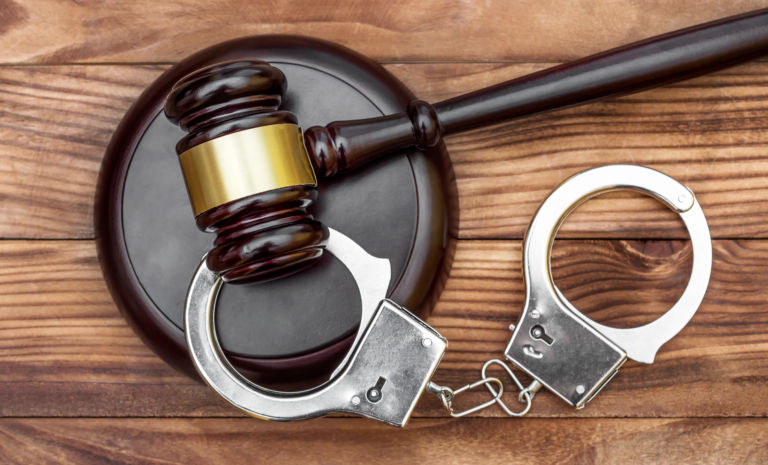U.S. Sen. Tom Cotton writes at National Review Online about the negative impact of the Black Lives Matter political organization.
Last year, our nation experienced the largest single-year increase in murder in American history and endured some of the worst riots in a generation. It’s no coincidence that this appalling death and destruction surged at the same time as the virulently anti-law-enforcement “Black Lives Matter” movement became more popular, powerful, and pervasive. The consequences of the “BLM Effect” continue today.
The current crime wave has many similarities to the infamous “Ferguson Effect” that gripped our nation after Officer Darren Wilson justifiably shot Michael Brown in Ferguson, Mo., in August 2014. Anti-police agitators at the time started the “hands up, don’t shoot” myth and created the original Black Lives Matter organization soon thereafter. This group, founded on a lie, condemned proactive policing, argued for a radical reduction of the prison population, and championed a “de-militarization” of police departments. Its most enduring contribution to the public debate, however, was the libel that our men and women in blue are racist and target Americans based on the color of their skin.
The media and progressive politicians, including former President Obama, fueled this anti-cop movement. A toxic distrust of the police soon permeated the U.S. Department of Justice and many mayors’ offices across the country. Police suffered withering criticism, widespread civilian resentment, and ever-intensifying scrutiny. Fearing for their jobs and facing demands for leniency, some officers pared back proactive law enforcement, while other officers were actually prohibited from doing their jobs.
Where police withdrew, violent crime surged. After Michael Brown’s death, arrests in St. Louis plummeted by over 30 percent and murder rose 47 percent. St. Louis’s police chief, Sam Dodson, soon labeled this de-policing phenomenon the “Ferguson Effect.” Enforcement plummeted in other major cities as well. …


